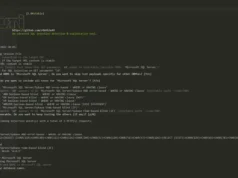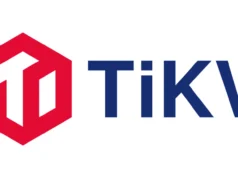Cube is a powerful semantic layer designed to streamline the process of building data applications by bridging the gap between modern data sources and application needs.
It enables data engineers and developers to access, organize, and deliver data consistently across various applications, ensuring high performance, security, and scalability.
Key Features Of Cube
- Universal Semantic Layer: Cube acts as middleware between data sources (e.g., Snowflake, Google BigQuery) and applications, organizing raw data into semantic definitions. This ensures consistent metrics for BI tools, embedded analytics, AI agents, and more.
- Performance Optimization: Cube includes a relational caching engine that supports sub-second latency and high concurrency for API requests. It also leverages pre-aggregations to speed up data retrieval.
- Access Control: Role-based access controls ensure secure data governance, allowing only authorized users to access specific datasets.
- API Integration: Cube provides REST, SQL, and GraphQL APIs for seamless integration with downstream tools. Its SQL API mimics a PostgreSQL database interface for compatibility with BI tools.
- Data Modeling: Developers can define relationships, dimensions, and measures within Cube’s semantic layer. This abstraction simplifies complex SQL queries and ensures consistency across applications.
Deployment Options
- Cube Cloud: A managed platform offering auto-scaling, observability tools, and a free tier for development projects. It simplifies deployment with features like a web-based data model editor and team collaboration tools.
- Self-hosting via Docker: Developers can deploy Cube locally or on their infrastructure using Docker for greater control.
Cube is ideal for:
- Building business intelligence tools.
- Embedding analytics features in customer-facing applications.
- Powering AI-driven insights by abstracting complex joins and metrics calculations.
Cube is open-source, with its client licensed under MIT and backend under Apache 2.0. Developers can contribute by reporting issues, submitting pull requests, or engaging with the community on platforms like Slack and GitHub.
By providing a centralized semantic layer, Cube ensures that organizations can deliver consistent, secure, and performant data experiences across all their applications.
















